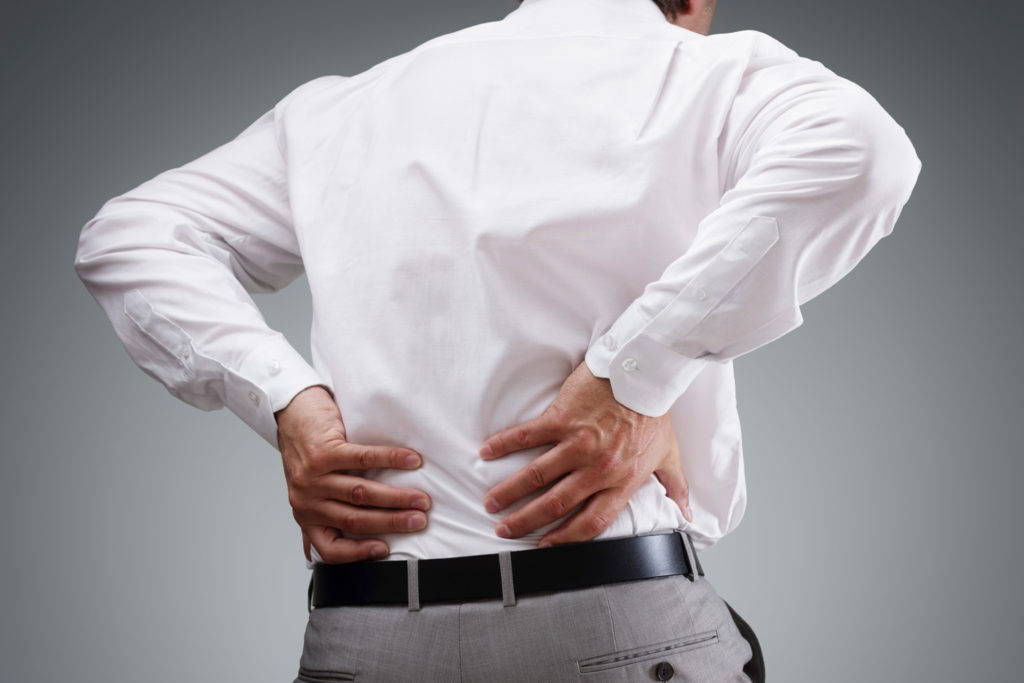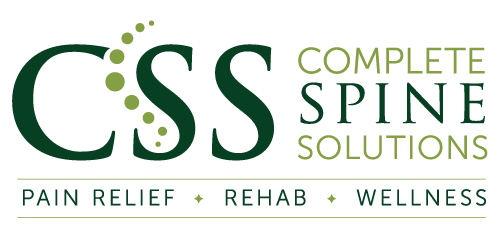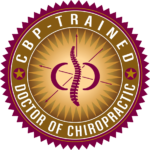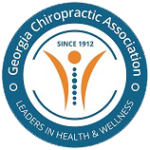
People in chronic pain seek relief. If it comes in the form of a pill in a bottle, that’s fine with them, until it stops working. The body can acclimate to the prescribed drug, and the chronic pain experienced continues. Dosages are increased, stronger drugs are prescribed, and ultimately, pain relief can be intermittent at best. Prescription opioid drugs can lead to substance opioid abuse, chemical dependency and ultimately addiction.
This is the true basis for the horrendous opioid addiction epidemic plaguing our society. Opioid abuse caused 46,000+ deaths in 2016. More than any other year on record, 40% of these deaths were caused by a prescribed opioid.
We All Know We Have a Serious Problem
Just how bad is opioid abuse? 115 deaths daily in the U.S. alone are attributed to opioid overdose. The Centers for Disease Control (CDC) estimates that the total “economic burden” of prescription opioid misuse in the U.S. is $78.5 Billion per year. In 2015 an estimated 2 Million people in the U.S. suffered from substance opioid abuse disorders related to prescription opioid pain relievers. We’re suffering from a national crisis that affects not only public health but our social and economic welfare as well.
More Shocking Stats!
- Opioid overdoses increased by 30% from July 2016 – Sept. 2017 in 52 areas in 45 states
- Opioid overdoses in large U.S. cities increase by 54% in 16 states
- Over 20% of patients prescribed opioids for chronic pain misuse them
- Up to 12% of patients prescribed opioids develop an opioid abuse disorder
- About 5% who misuse prescription opioids transition to heroin
- About 80% who use heroin, first misused prescription opioids
Our nation, and our local communities, need to focus on decreasing opiate use and opioid abuse through comprehensive efforts in Research, Education and Enforcement. The Federal government’s response to the opioid abuse crisis has primarily been through the U.S. Department of Health and Human Services (HHS.) HHS is focusing its efforts on providing support for cutting-edge research on pain relief and addiction. The HHS is slowly advancing better practices for effective pain management.
The National Institutes of Health (NIH), our country’s leading medical research organization, is working to solve the opioid abuse crisis. It is doing so by discovering new and better ways to prevent opioid misuse, treat opioid abuse disorders, and manage chronic pain. In 2017, NIH met with major pharmaceutical companies and academic research centers. They discussed existing safe, effective, non-addictive strategies to manage chronic pain. They also focused on new, innovative medications and technologies. This was designed to treat opioid abuse disorders, improve overdose prevention and reverse interventions to save lives and support recovery.

What if Relief Didn’t Depend on Drugs, But Actually Addressed the Root Cause of Pain?
There is little evidence that opioids effectively reduce chronic pain, improve musculoskeletal and other body functions, or enhance the quality of life. Chiropractic care has been proven to do all three.
The March 28, 2018 issue of The Journal of the American Medical Association highlights an interview with Robert Kerns, PhD. It focused on “Researching Non-Drug Approaches to Pain Management”. This assessment of non-drug pain relief only included approaches that “have sufficient evidence to suggest their potential value.” The first technique mentioned was Chiropractic. Chiropractic and spinal manipulation are an “evidence-based approach” to effective pain management.
In July 2017, The Annals of Thoracic Surgery, published by The Society of Thoracic Surgeons, reported that “The combination of standard care with spinal manipulation is effective in inducing pain relief and functional recovery, and significantly improves the management of patients after heart surgery with sternotomy.’’ After “open-heart surgery”, chiropractic care helped.
Studies have found that chronic pain treatment with long-term opioid therapy is associated with poor pain relief outcomes, greater functional impairment, and lower return-to-work rates.
In the February 22, 2018 issue of The Journal of Alternative and Complementary Medicine, the article “Association Between Utilization of Chiropractic Services for Treatment of Low-Back Pain and Use of Prescription Opioids” analyzed health insurance claims of 6,868 low back pain subjects from New Hampshire. Note that in 2015, NH had the second-highest age-adjusted rate of drug overdose deaths in the U.S. NH experienced a 31% increase from the previous year and more than double the national rate.
More than 650,000 opioid prescriptions are dispensed per day in the U.S.
- Primary care clinicians account for nearly 50% of opioid prescriptions.
- After just 5 days of taking opioids, the chance of an opioid-naive patient becoming a chronic user sharply increases.
- The average charges per person for Chiropractic users—for both opioids and office visits for low-back pain—were also significantly lower compared with those not utilizing Chiropractic over a 2-year period.
- Among low-back pain patients, recipients of professional services delivered by Doctors of Chiropractic have a lower likelihood of using prescription opioids, compared with non-recipients.
- The filling of a prescription for an opioid analgesic was 55% lower among Chiropractic patients compared with non-Chiropractic patients.
The Journal of the American Medical Association, on March 6, 2018, published “Effect of Opioid vs Non-opioid Medications on Pain-Related Function in Patients With Chronic Back Pain or Hip or Knee Osteoarthritis Pain“. The objective of this scientific study was to compare opioid versus non-opioid drugs over a 12-month period on pain-related function, pain intensity, and adverse effects. The study was a Randomized Clinical Trial that involved 234 subjects. The non-opioid medication assessed was acetaminophen (paracetamol) and nonsteroidal anti-inflammatory drugs (NSAIDs).
- Among patients with chronic back pain, or hip or knee osteoarthritis pain, treatment with opioids was not superior to treatment with non-opioid medications for improving pain-related function.
- Opioids caused significantly more medication-related adverse symptoms than non-opioid medications.
- Study results did not support the initiation of opioid therapy for moderate to severe chronic back pain or hip or knee osteoarthritis pain.
The Journal of Back and Musculoskeletal Rehabilitation, in their March 6, 2018 issue, published “The Role of the Descending Inhibitory Pain Mechanism in Musculoskeletal Pain Following High-Velocity, Low Amplitude Thrust Manipulation: A Review of the Literature.” This review explored the effect of inhibiting the musculoskeletal pain mechanism following spinal adjustments, as well as identified the pain-relieving importance of this technique within clinical Chiropractic practice. Pain reduction following spinal adjustments is primarily attributed to activating the brain’s pain control system. This adds to the evidence explaining how spinal adjusting can influence physiology since the brain controls whole-body homeostasis and the autonomic nervous system.

Can We Turn Back Time?
Imagine if we could have our spines look, feel and function more like they did when we were younger. This transformation would have a significant positive impact on our health and well-being. Our Neurology, Physiology and even our Psychology could be improved. Spinal Correction is a permanent “Power Pose”. Not to downplay the improvement spinal correction can have on so many chronic health conditions, it’s not unusual for someone to say they not only look younger but feel younger after Chiropractic treatment. Chiropractic patients are successfully turning back their own aging clocks.
It’s Been Researched & Scientifically Proven: We Can Reverse Engineer the Spine
We can reverse engineer the spine to improve posture, return function and restore structure.
Chiropractic can positively impact how we look, feel, function and age. Restoration to normal, healthy structure can dramatically decrease chronic pain, improve body function and enhance the quality of life for most patients. While degeneration and the impact of gravity and stress on our spines cannot be reversed, progression can be slowed or even halted with the improved structure and stress relief resulting from Chiropractic care. Chiropractic has been proven to have a positive impact on how we feel physically and deal emotionally, as evidenced by numerous “Quality of Life” type studies.
What is Spine Mapping?
Spine mapping is an imaging technique utilizing digitized standing spinal pictures generated by highly advanced and sensitive software. The spinal correction process begins with Spine Mapping. Digitized spinal images are viewed, alongside the genetic normal structure. The comparison detects and highlights Positional as well as Structural/Mechanical differences from the genetic ideal. First, the difference between the current structure and the genetic ideal structure is measured. Then the spine is tested and re-mapped to determine how much change is possible. Gentle mechanical forces are applied in the opposite direction to correct the spine.
Outcomes of Spinal Correction
There are numerous positive outcomes from Chiropractic spinal correction. Chiropractic improves organ function, and body structure, and can positively impact the quality of our lives. Medical studies have even shown that life expectancy can be improved. Subconsciously, Chiropractic can improve the way we see ourselves, as well as the way others see us. It can also make us look and feel younger. However, the foremost result of Chiropractic care is the safe, effective and non-addictive management of many causes of chronic pain.
We Can Decrease the Need for Pain Medication, Naturally!!
We all recognize that the unchallenged use of prescribed opioids to treat most chronic pain has become a medical, societal and economic disaster. The tragic scale and human toll of this opioid abuse nightmare demand our attention. The need for alternative strategies to safely, effectively, and non-addictively manage chronic pain is significant and immediate.
Chiropractic has proven that it can be a key part of the solution to managing chronic pain and the current prescription opioid abuse epidemic.
About the Author

Dr. David Shapiro, DC, CEO of Complete Spine Solutions
A graduate of Life University, School of Chiropractic 1993 (4600 postgraduate hours). Board certified licensed Doctor of Chiropractic. Passed 3 national board tests and the state of Georgia board examination. Also certified in therapeutic modalities.
Advanced Certified in Chiropractic BioPhysics, the most evidence-based technique in chiropractic. He’s been in private practice for over 25 years.



